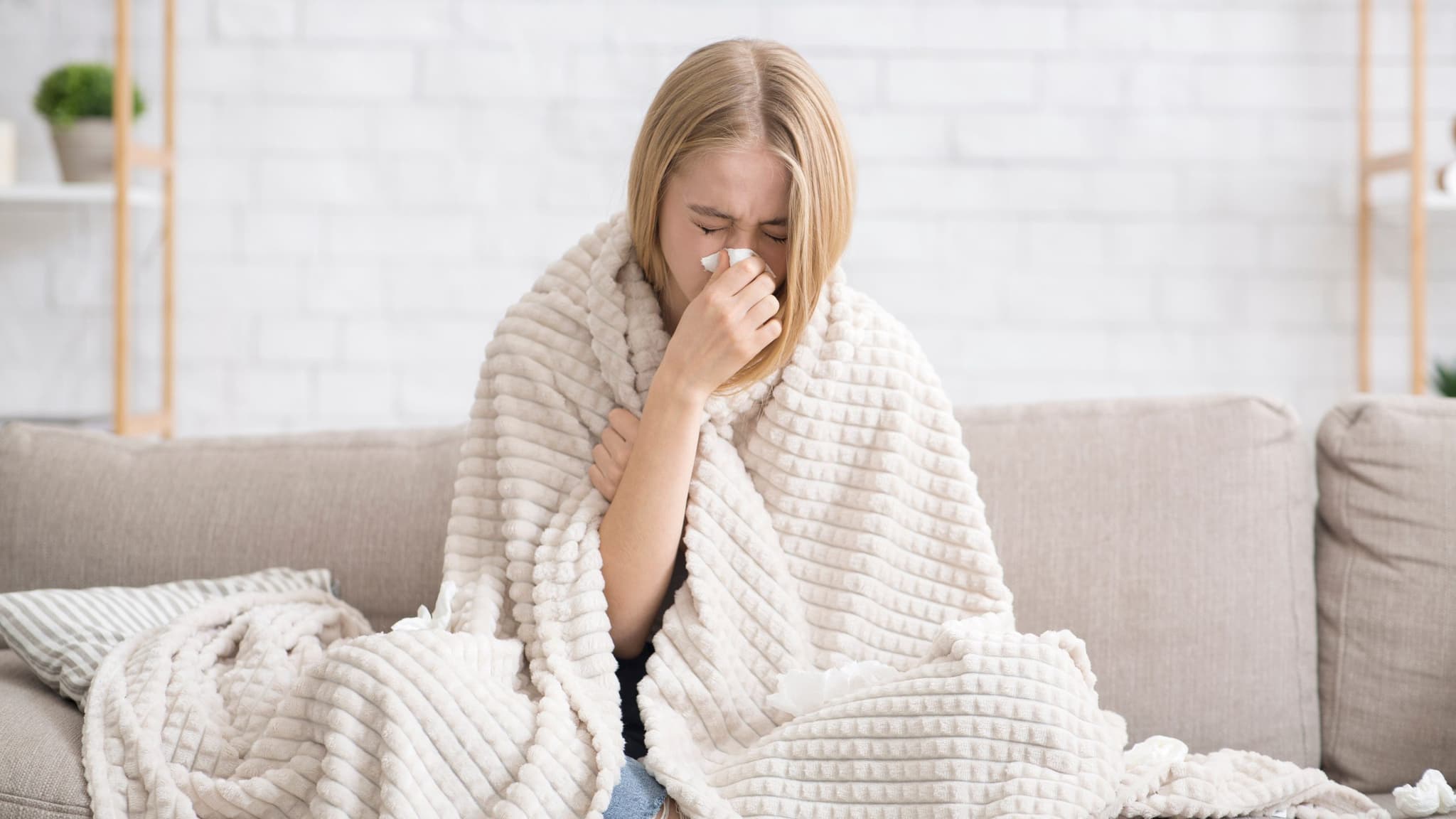
2025-04-24T14:00:43
The DASH Diet: What it is and How it Supports Your Heart
- Cardiology
- Family Medicine
October 20, 2016 | Family Medicine
Specialties:Family Medicine

Kids celebrate while they tally their final take on Halloween night. However, as a family physician, I know that for many parents, the celebration doesn’t start until their youngsters make it through another Halloween, safe and sound.
Here are five children’s Halloween safety issues to be aware of:
Many parents are surprised at the number of children who require emergency care for choking incidents. Forbes reports that 12,435 kids receive ER treatment every year for choking injuries.
Candy is responsible for almost 30 percent of these incidents. What’s the biggest culprit? Hard candy. It’s responsible for nearly half of candy choking incidents.
Choking is a possibility when solid food goes into a narrow part of a child’s airway and becomes stuck. For young children, choking is a particular risk because their air passages are small. They lack the experience of older children when it comes to chewing, and they love to put things into their mouths.
While coughing might dislodge a mild blockage, a child typically can’t clear a severe one without medical help, Safety Training Pros points out.
How can parents help prevent choking on Halloween candy?
Dressing for the Weather
October nights mean falling temperatures. While trying to create the perfect costume, it’s easy to overlook how to stay warm while looking like a child’s favorite character. However, there are several ways to avoid exposure and still have a memorable costume.
Kids often object to wearing a coat or a jacket over their costumes while trick-or-treating or traveling to a party. Pondering what their character might wear is one way to come up with acceptable outerwear. For example, a leather-look jacket works well with a military costume. Pastel capes can keep ballerinas and fairies warm. I also want to stress the importance of keeping your child’s head warm. Consider wigs, which come in all sorts of colors and styles and serve as effective hats.
Most kids love decorating pumpkins. I advise parents to take specific precautions to avoid a trip to the emergency room:
Food allergies can be a major safety issue for some children at Halloween. Unfortunately, many treats contain ingredients to which lots of kids are allergic, among them milk, chocolate, eggs, wheat and soy. Many children with food allergies also suffer from asthma, which can sometimes be aggravated by the colder weather.
What can you do to prevent problems with a child’s food allergies? Everyday Health offers some excellent ideas:
Most Halloween revelry occurs at night. Children traveling in the dark to trick-or-treat or attend a party face an elevated risk of injury. After accidents, many require treatment in the emergency room or in my office after the holiday. Safe Kids Worldwide states that kids are two times as likely to be killed by a motor vehicle on Halloween than they are on any other day of the year.
I always advise parents that taking even simple steps can help children stay safe at night. Some useful suggestions include:
Following these Halloween tips is one step toward keeping your family safe from harm. As the father of four and a physician, I understand how important regular care is in keeping families healthy. Revere family medicine combines a broad range of disciplines to care for all members of your family with friendly, individualized attention, outstanding communication, and long-term relationships.

WRITTEN BY:
Dr. Abe Tomco
As a physician, I love helping people through stressful times when they may be sick or hurt. It really helps people to have someone they can trust when making an important medical decision. I love teaching people about healthy lifestyles and showing them how they can prevent a future illness. The patient should receive all the information they need to be an equal partner in decision-making and feel empowered about caring for their body. An ounce of prevention is worth a pound of cure.


2025-04-24T14:00:43

2025-03-10T14:24:39

2025-01-21T10:28:42

2025-01-09T10:36:36
This information is not intended to replace the advice of a medical professional. You should always consult your doctor before making decisions about your health.